News
News

News
Curiosities of anime in Japan
Anime and its curiosities Anime is a fundamental part of Japanese popular culture. From children to adults, everyone enjoys this type of animation that has conquered the entire world. But what do you really know about anime in Japan? Below, we discover some curiosities that will surprise you: 1. Anime is not just for children: While it is true that anime is popular among children, in Japan it is also enjoyed by people of all ages. In fact, there are anime series for all tastes, from romantic comedies to historical dramas and psychological thrillers. 2. Anime is a major industry: The anime industry in Japan generates billions of yen each year. In fact, it is one of the country's most important cultural exports. 3. There are many anime studios:In Japan there are hundreds of anime studios, each with their own style and approach. Some of the most famous studios are Studio Ghibli, Toei Animation, and Kyoto Animation. 4. Anime can be watched on television, online and in theaters: In Japan, anime can be seen on television, online, and in theaters. There are many television channels dedicated exclusively to anime, and there are also many streaming platforms that offer anime on demand. 5. There are anime events throughout the year: Anime events are held in Japan throughout the year. These events include conventions, movie screenings and concerts. 6. Cosplay is very popular: Cosplay, which involves dressing up as anime and manga characters, is very popular in Japan. There are many cosplay events throughout the year, and there are also many shops selling cosplay costumes and accessories. 7. Anime has a long history: The history of anime dates back to the beginning of the 20th century. The first animes were short and simple, but over time they have become increasingly complex and sophisticated. 8. Anime is influenced by Japanese culture: Anime is highly influenced by Japanese culture. This can be seen in the themes, characters, and aesthetics of many anime series. 9. Anime is a form of artistic expression: Anime is a form of artistic expression that allows creators to tell stories and share their ideas with the world. 10. Anime is a source of entertainment: Anime is a source of entertainment that can make us laugh, cry, and think.

News
The longest anime in history
"Sazae-san", the longest anime with more than 7,500 episodes, stands out for its focus on everyday life since 1969, being a testament to the durability of art and leaving an indelible mark on Japanese culture.
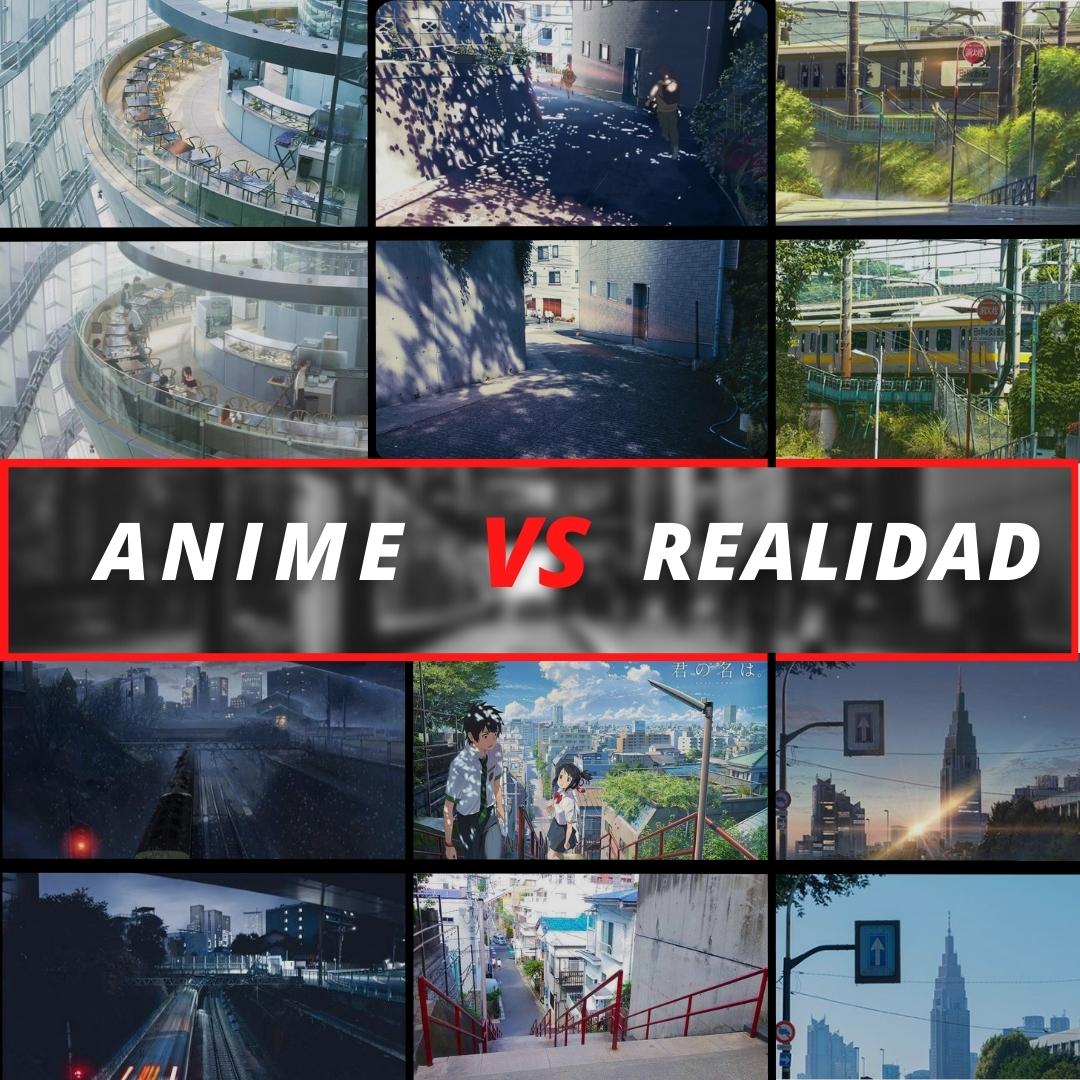
News
Anime vs Reality
If you are an anime fan, there is a good chance that you have noticed that the characters and worlds shown in anime series are often very different from reality. From characters with supernatural abilities to futuristic cities, anime can seem like a completely different world than our own. In this blog, we are going to explore some of the differences between anime and reality. Characters and Skills One of the biggest differences between anime and reality is the characters and their abilities. Anime characters often have supernatural abilities that allow them to do things impossible in real life. From flying to manipulating time, anime characters have abilities that are far from what humans can do in reality. For example, in the anime "Naruto", characters can create clones of themselves, while in reality, this is impossible. Additionally, in "Dragon Ball Z," characters can fly and throw energy balls, something that is also impossible in reality. Environments and Worlds Another important difference between anime and reality is the worlds in which the stories take place. In anime, worlds can be very different from our own, from futuristic cities to magical and fantastical worlds. For example, in the anime "Sword Art Online", the characters are trapped in a virtual reality world where they can fight and explore in a fantasy world. In reality, technology has not yet advanced enough to allow for such a virtual reality world. However, there are some exceptions where the anime is closer to reality. For example, in the anime series "Your Lie in April", the characters live in a world that is very similar to our own and the story focuses on human relationships and emotional problems. Morality and Values In addition to the physical differences between anime and reality, there are also differences in values and morality. In anime, complex and deep themes, such as death, love, and friendship, are often addressed and explored in a way that can be very different than how they would be approached in reality. For example, in the anime series "Death Note", the main character, Light Yagami, uses a magical notebook that allows him to kill anyone whose name he writes in it. In reality, the morality of such power would be questionable and very dangerous in the wrong hands. Conclusion In short, anime and reality are very different in many ways. From the characters and their abilities to the worlds they live in, anime can be a completely different world than our own. However, despite these differences, anime can be a source of inspiration, entertainment, and reflection for many people. It is important to remember that although anime may be very different from reality, there are still valuable things we can learn from it.

News
Top 4 curiosities of "Japan"
Japan is a country full of contrasts, from its cutting-edge technology to its traditional ancient culture. In addition, it is a place full of curiosities and surprising stories that are little known outside its territory. Here we present some of the most incredible curiosities of Japan. The Rain Festival in Japan In Japan, the month of July is known for its hot and humid weather, and to celebrate this month a festival called "Nebuta" is held. During this festival, residents of the city of Aomori build giant paper mache "nebutas" and parade them through the streets. The goal is to drive away evil spirits and bring good luck for the coming year. The Art of "Kintsugi" Kintsugi is a Japanese ceramic repair technique that involves joining broken pieces with a golden material. Instead of hiding cracks and fissures, kintsugi highlights them and turns them into an element of beauty. This technique symbolizes the idea that broken things and mistakes can be transformed into something more valuable. The train service in Japan The train system in Japan is known for its punctuality and efficiency, but it is also famous for its conductors in colorful uniforms and its "White Gloves Service", in which train employees help passengers getting on and off the train with white gloves. The tradition of "Obon" Obon is a traditional Japanese festival celebrated in the month of August to honor deceased ancestors. During the festival, people gather to dance, sing and enjoy food. Lanterns are also lit and offerings are made at the altars of the ancestors.

News
The most curious thing about Japan's bathrooms
Japanese culture is one of the most fascinating in the world. From its art to its gastronomy, through its way of life and its traditions, Japan is a country that has always been a source of admiration and curiosity. In this article, we are going to talk about a particular aspect that is very curious and often little known by those who are not familiar with Japanese culture: the tradition of public baths. Public baths, or "sento" in Japanese, are a very old and valued tradition in Japan. Before the time of public baths, people used to bathe in natural hot springs. Over time, these baths evolved to include public spaces where people could bathe and relax. Today, public baths remain very popular in Japan, and are an integral part of the country's culture. People visit to relax after a day of work or to socialize with friends and neighbors. Some public baths even have saunas, massages, and other additional services so that people can completely relax. However, for those unfamiliar with Japanese culture, it can be a bit disconcerting to visit a public bathroom. For example, it is tradition to undress before entering the bathroom, which may be uncomfortable for some people. Additionally, public bathrooms in Japan have very strict rules regarding hygiene, so it is important to make sure you follow these rules carefully. Despite these challenges, public baths are a unique and exciting experience for those who are willing to try something new. By visiting a public bath in Japan, you can learn a lot about the culture and traditions.tions of the country, and you can enjoy a relaxing and rejuvenating experience that cannot be found anywhere else in the world. In addition to their cultural value, public baths also have a significant impact on the daily lives of Japanese people. For example, they are a place where people can go to relax after a day of work, or where they can socialize with friends and neighbors. In some cases, public baths are also used as a space for meditation and reflection, and for many Japanese, they are an important place to connect with their culture and heritage. In conclusion, public baths are a fascinating and little-known aspect of Japanese culture. Although they may be a little disconcerting for those unfamiliar with the tradition, they are worth experimenting with to better understand the culture and traditions of Japan. By visiting a public bath, you can enjoy a unique and rejuvenating experience, and you can learn a lot about the culture and traditions of this beautiful country.
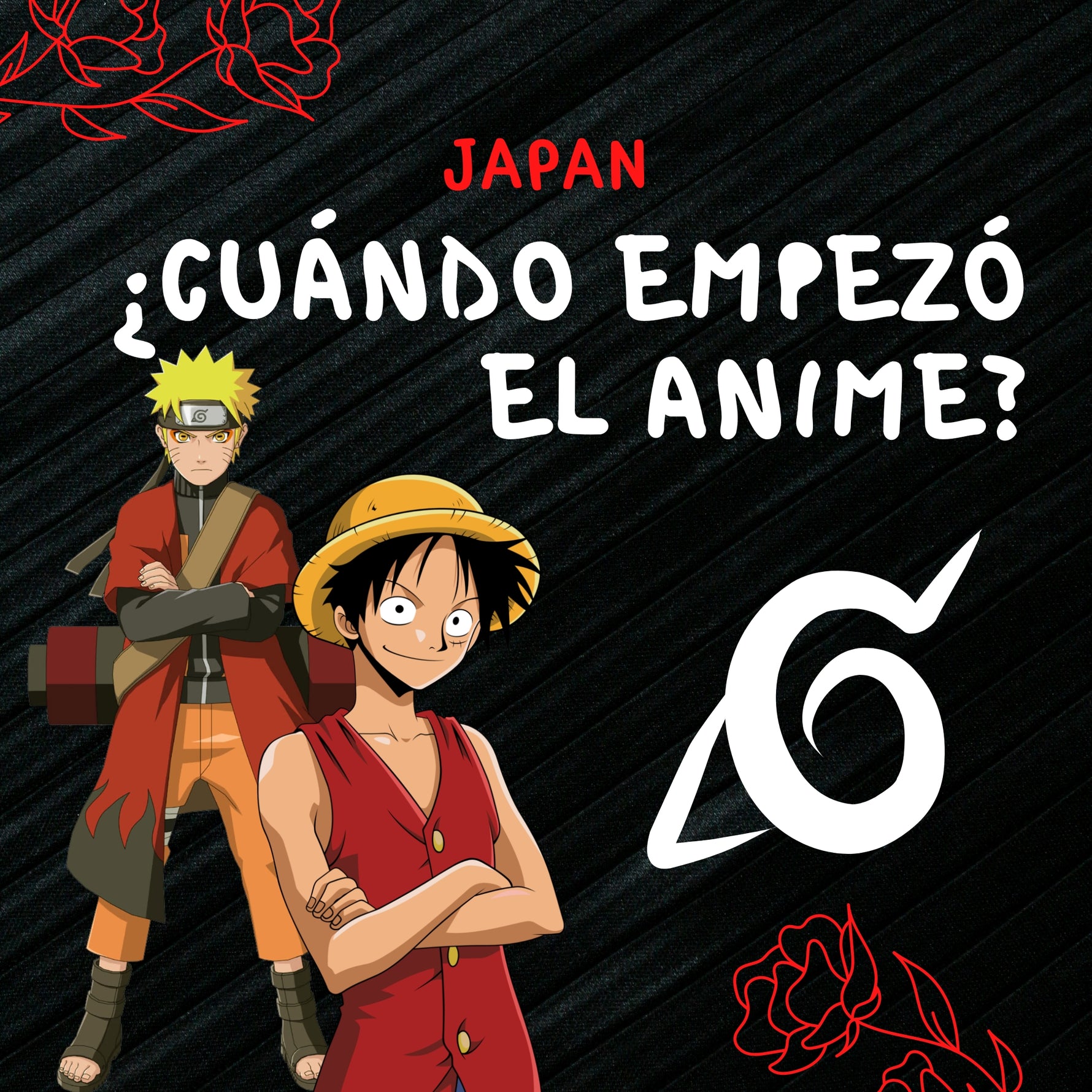
News
When did the anime start?
When was he born? The anime industry has its roots in Japan, where it emerged in the early 20th century. During this period, the country was experiencing rapid economic and social development, giving rise to a new generation of artists and filmmakers seeking to innovate the way stories were told. In 1917, the first known anime, "Momotaro's Divine Sea Warriors", was produced in Japan. However, it was in the '60s and '70s that the anime industry really began to take shape. Around this time, anime production became more professional and some of the first anime television shows were created, such as "Astro Boy" and "Gigantor." Its expansion... As time went by, the popularity of anime continued to grow and new genres began to appear, such as science fiction, mecha, and shonen. Additionally, technology advanced and animation became more sophisticated, allowing producers to create more complex and detailed stories. In the 1980s, anime began to expand outside of Japan, especially in Asia and the United States. The popularity of shows like "Voltron" and "Robotech" showed that anime could be successful in other markets. Today, the anime industry is one of the largest and most diverse in the world, with a wide range of genres and styles to choose from. Additionally, thanks to online streaming technology, anime is more accessible than ever and has become a form of global entertainment for millions of people around the world.
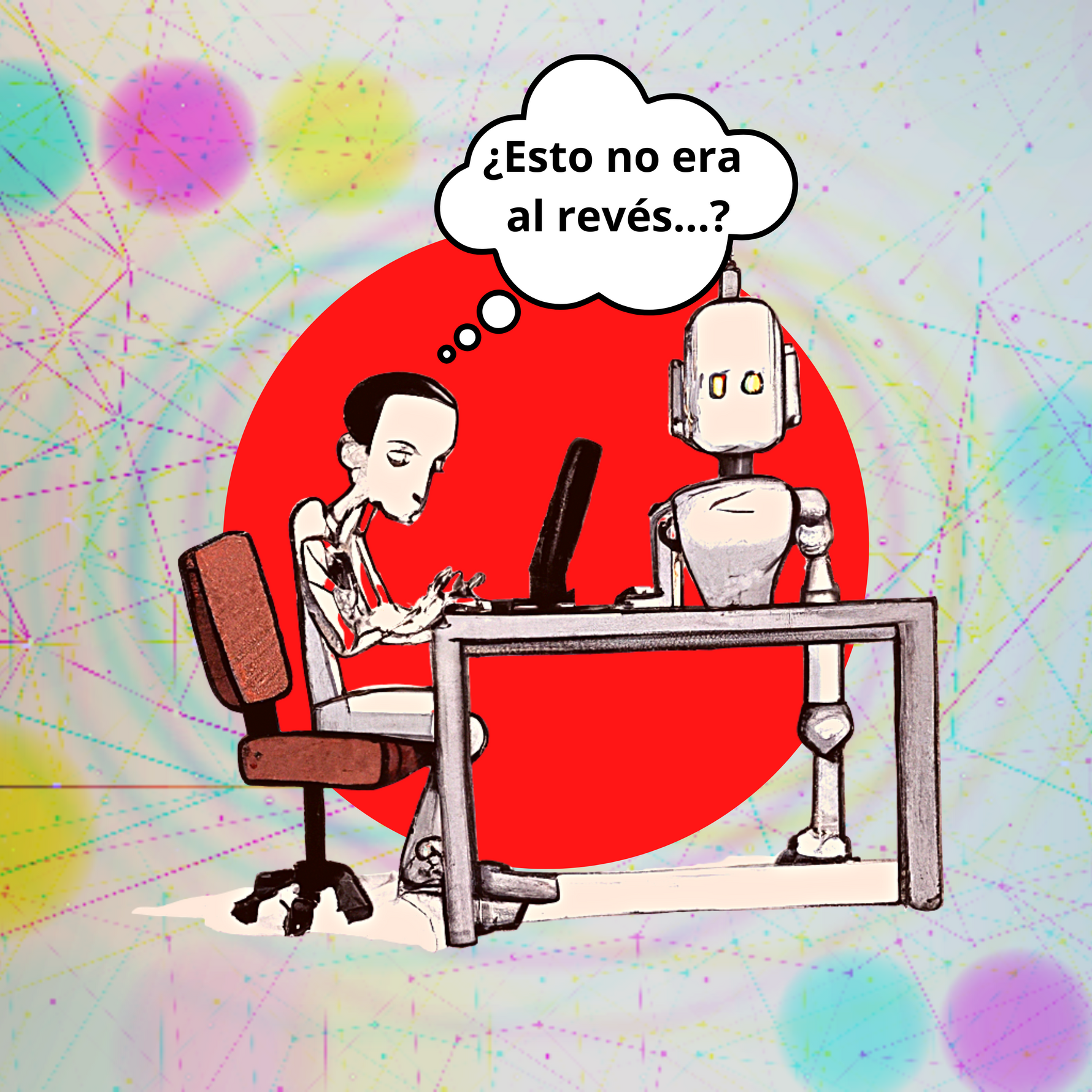
News
Robots in Japan: the leading technology in robotics
Japan is a leader in robotics, with an advanced industry of robots used in industrial and domestic applications. Japanese robots are renowned for their high quality and efficiency, and are highly valued around the world. Robotics is fundamental to the Japanese economy and its industry is expected to continue expanding in the future.

News
The famous noodle tradition
The curious tradition of Japanese noodles Japan is a country full of contrasts, with a rich history and culture and advanced technology. In addition, it is a place full of surprises and curiosities that can leave anyone speechless. Here is a fun fact about Japan that will surprise you. In Japan, there is a tradition called "nagashi somen", where you float somen noodles down a water channel and try to catch them with your chopsticks. This event takes place during the summer and is a fun way to enjoy a typical Japanese meal. This curious fact demonstrates the creativity and originality of Japanese culture and how ancient traditions are often fused with modern technologies to create unique experiences. In short, Japan is a country full of surprises and curiosities that attract tourists and adventurers from all over the world. From the tradition of "nagashi somen" to cutting-edge technology, Japan is a place that always has something interesting to offer. Don't miss the opportunity to explore this wonderful country and discover its curiosities for yourself! "
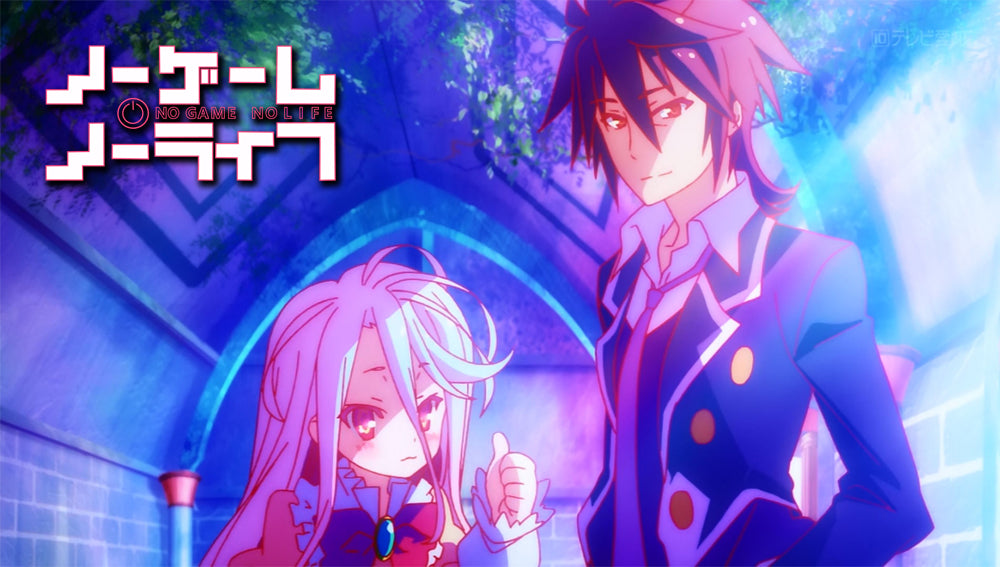
News
What makes an otaku an otaku?
What makes an otaku an otaku? Menkes' research highlights that Japanese researchers such as Masashi Osawa point out that a very specific characteristic of otaku: adherence to otaku culture is also a way of filling the void left by the old ones. social truths(such as personality) in modern times. in that way) to replace them—or to complement them—thus reaffirming their subjective selves without expressing their social discomfort. However, in the opinion of Sandra Castro, who has known the otaku world for more than ten years, there are two aspects to otaku culture, which do not derive from taste, but from the nationality of the fans. Japanese people can be obsessed with anything, regardless of its origin (for example, the Marvel universe), while non-Japanese otakus are likely to love Japanese anime, manga, video games and everything others.It simply disappeared. As such, one of the conditions to be considered an otaku, at least outside of Japan, is that you have an almost obsessive fondness for Japanese cultural industries. And what do you think about this?

News
Japan and its companies...
What are some of the most famous Japanese companies? A well-known Japanese company that deserves to be one of the most important consumer electronics manufacturers in the world. Sony was already a major company that produced all kinds of devices: walkmans, record players, camcorders, cameras, video recorders and more. But we would be lying if we didn't say that the Japanese company's true success also came from video game consoles, thanks to PlayStation. Sony's Gray sold more than 100 million units, becoming a true mass phenomenon. After her, success has come. The Japanese brand is one of the largest automotive companies in the world, in fact the largest along with Volkswagen. In fact, the company has been launching iconic models on the market, such as the Celica or the Supra, while its other models are among the best-selling of all time, such as the Toyota Corolla. Right now these are not good times for Toyota due to the weakening of the yen, the strength of other Asian rivals such as Hyundai or Kia, and problems with some of its models. Fortunately for the Japanese brand, one of its rivals in the European market, Volkswagen AG, is mired in a pollution scandal. In addition, it continues to surpass rivals such as Mitsubishi, Honda or Nissan.

News
Is it not allowed to smoke in Japan?
The first thing that caught our attention was the ban on smoking on the street. Some places have ashtrays or smoking areas, but walking and smoking is prohibited in many areas of the cities we visited. Of course, smoking is allowed in bars and restaurants. Of course, it will have to be in areas reserved for smokers.
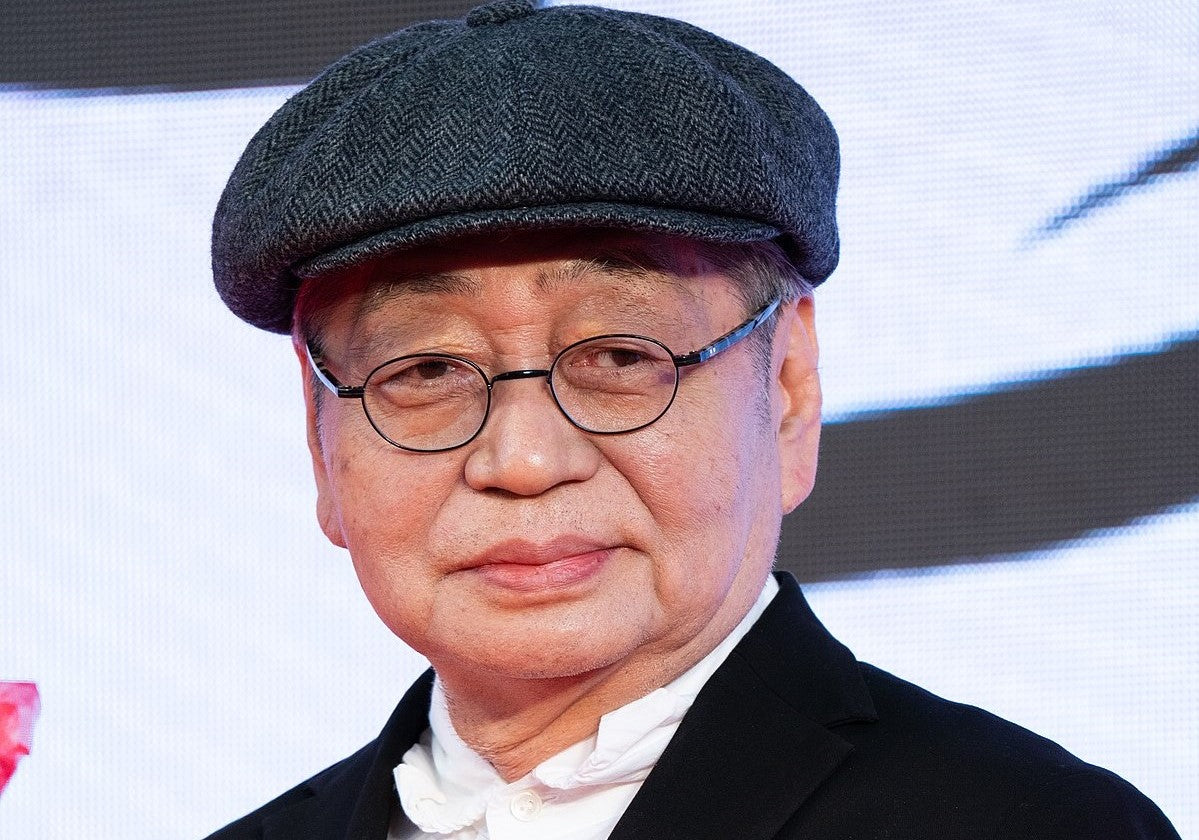
News
The only Japanese survivor of the Titanic ostracized for not going down with the ship
The most famous ship in history, the Titanic, keeps its memory alive thanks to books, films and exhibitions over the years. One such interesting story is that of Masafumi Hosono, the only Japanese who boarded the largest ocean liner in history as a second-class passenger in 1912. Hosono was 42 years old and worked for the Ministry of Transportation. In 1910 he was sent to Imperial Russia to investigate the Russian railway system. Before returning to Japan, Hosono stopped in London and finally boarded the Titanic on April 10 of the same year. Hosono's story of surviving a sunken ship has been published in Japanese in his own handwriting. In it, he describes how dire the conditions were when he arrived on the ship's deck after the collision. With most of the lifeboats in the water, distress signals burst into the black sky. At that moment, Hosono thought, "I will never see my beloved wife and children again." As a Japanese, Hosono knew that his family would suffer if he returned alive on a ship reserved for women and children. Still, "I found myself looking and waiting for every opportunity for survival." Two seats remained empty in the lifeboat, but Hosono occupied one of them and was rescued.

